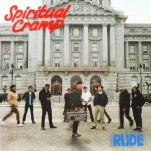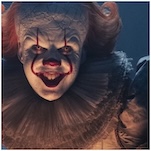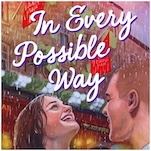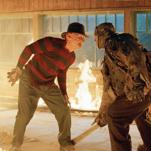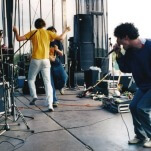Required Reading: Comics for 4/26/17
Main Art by Fiona Staples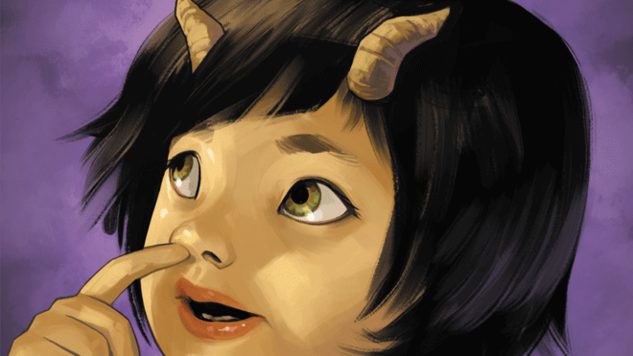
We can’t speak to any possible May flowers, but the final Wednesday in April is certainly showering us with noteworthy new comics (zing!). Readers with the patience to wait a whopping 17 issues between Saga collections—or all five of you who haven’t yet gotten hip to the modern classic—are rewarded with the second deluxe hardcover tome. Fans of pulp vigilantes get a two-for-one deal in Batman/The Shadow, and horror/sci-fi nerds are blessed with the much-ancitipated debut of James Stokoe’s Aliens: Dead Orbit. Guy Delisle and Lynda Barry keep the more “literary” crowd satisfied while Gerard Way and Nick Derington wrap up the first arc of their beyond-stellar Doom Patrol revival and an Archie bit player gets his 15 minutes of fame. April may be on the way out, but it’s giving its all before it goes.
 Aliens: Dead Orbit #1
Aliens: Dead Orbit #1
Writer/Artist: James Stokoe
Publisher: Dark Horse
Canadian cartoonist James Stokoe is one of the most unique and gifted talents working in monthly comics, whether on creator-owned books like Orc Stain or contributing to existing characters ranging from Godzilla to Moon Knight. Aliens: Dead Orbit is, of course, an example of the latter, and Stokoe applies his hyper-detailed linework and evocative gradient colors to terrifying claustrophobic effect, eschewing the run-and-gun nature of many expanded-universe Aliens entries in favor of the mounting tension of the original Ridley Scott film. Like the first Alien, Dead Orbit strands one engineer on a derelict vessel haunted by an acid-blooded Xenomorph. Stokoe tweaks the premise by telling the story in two chronologies: before the beast is loosed and once the crew is reduced to a sole survivor. For more on this outer-space horror, be sure to check out our interview with Stokoe. Steve Foxe
-

-

-

-

-

-

-

-

-

-

-

-

-

-

-

-

-

-

-

-

-

-

-

-

-

-

-

-

-

-

-

-

-

-

-

-

-

-

-

-











